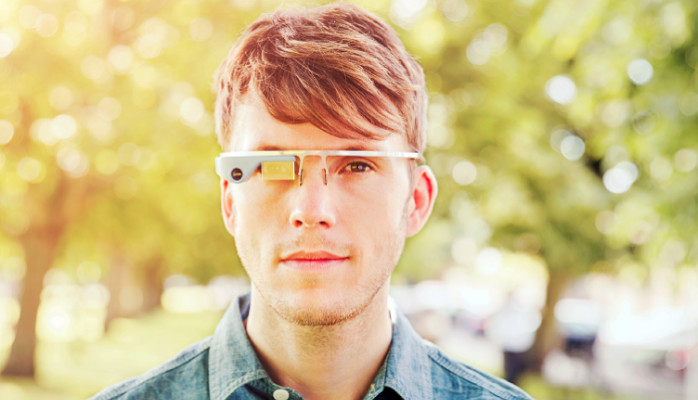
The Wearables Future is Being Designed Now
Some new ideas are slow to take hold—wearable technology isn’t one of them. In the two years since our 2014 report on trends in the industry, adoption of wearable tech devices has doubled. Nearly half of people surveyed for our 2016 report, The Wearable Life. Connected living in wearable world, own at least one wearable device and 36 percent own two or more. Concerns over privacy issues have decreased; consumers worry less about wearable technology hurting their ability to relate to others; and fewer people believe that wearable tech makes them more vulnerable to security breaches. Consumers are no longer wary and, in fact, they say they’re excited about the future of wearable technology as a part of everyday life. The positive shift overall in consumer sentiment has significant implications for wearable technology, from new workplace applications to opportunities for companies to connect better with customers.
Wearable Efficiency
Eight in ten consumers say that wearable technology makes us more efficient at home and nearly as many say it makes us more efficient at work. It’s time to employ wearable devices on the job. Our report describes a number of real-life scenarios for wearable technologies already popular among consumers with clear benefits for employees and employers. Opportunities include company subsidized smart watches to help employees be more active in their daily routines by tracking their steps, with rewards such as company donations to employees’ favorite charities or points to redeem merchandise; provision of smart watches to help employees test a new app; and 3D smart glasses to help shop-floor employees identify and track inventory to reduce cycle time and boost productivity and performance. Many people are open to the idea of wearable tech at work. In fact, two of three believe their companies should fund the purchase of wearable tech devices. Ensuring employee privacy may pose a challenge: will personal time and activities be monitored? But transparency and employee education can go a long way toward resolving these issues.
Wearable Options
Wearable technology products provided by a doctor’s office? A bank? A cellphone or cable provider? A car company? Consumers express excitement about these options and the opportunities are enormous for companies that want to connect better with their customers. In 2014, ago only 28 percent of consumers said they would be interested in a wearable tech device product from their bank. That number soared to 52 percent in 2016. Two years ago only 37 percent of consumers were interested in a wearable device provided through their health insurance company. That number has increased to 62 percent. An equal number would be interested in a wearable provided by their cellphone provider, up from 46 percent just two years ago. Consumer excitement doesn’t always correlate to trust and one in four consumers say they would not trust any company with personal information associated with wearable technology. Companies can ease consumer concerns by creating brand-defining options that are easy to use, improve quality of life, and have been demonstrated to keep consumer data secure.
Wearable Behavior
Consumers believe that wearable technology will soon affect every aspect of our lives and express enthusiasm about “what if” possibilities; options for wearables that would have been unthinkable just a year or two ago. Parents especially are hopeful about the power of the wearable to keep their children safe. A GPS tracker on a child’s wristband in a crowded shopping mall, for example, connected to the parent’s smartphone. And many consumers express interest in wearable tech that would allow insurance companies to monitor behavior and offer discounts for safe driving. But to ensure adoption, devices must pass the “turn-around test:”—would I head home to retrieve my device if I forgot it when I left the house (like my wallet, or keys, or cellphone)?
Price remains the biggest hurdle. Current wearable tech users and non-users want the same thing: a product to improve their lives that they believe they will actually use. Consumers need to perceive real value before they’re willing to buy. They want seamless integration with smart phones and information they can’t get anywhere else. They’re ready to wear devices that were unimaginable just two years ago—earbuds, hats, contact lenses—and many believe that wearable technology can help improve job performance and allow them to get more time out of the day at home. Consumers want wearable technology to improve their quality of life. Companies that can outfit consumers with the products that fit their lifestyles and their budgets can go along way toward ensuring that “wearable” never becomes worn.